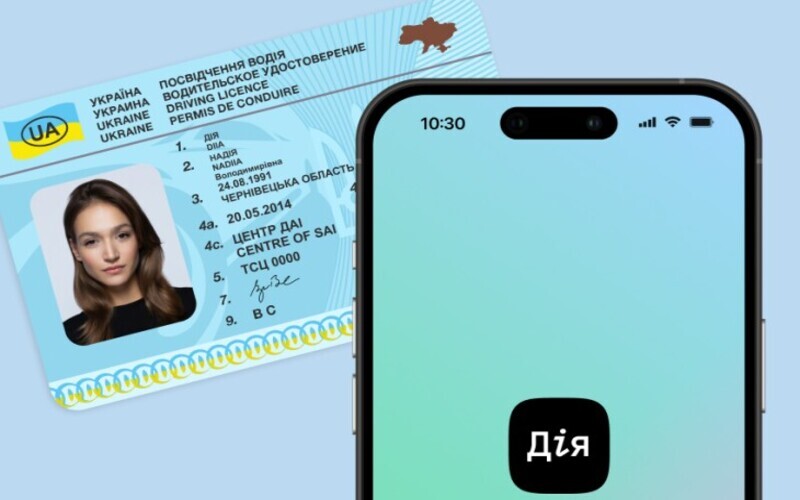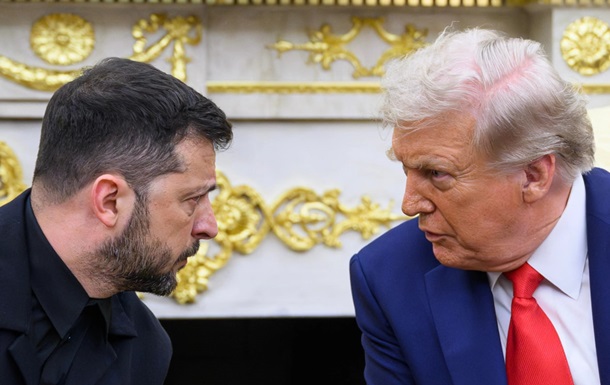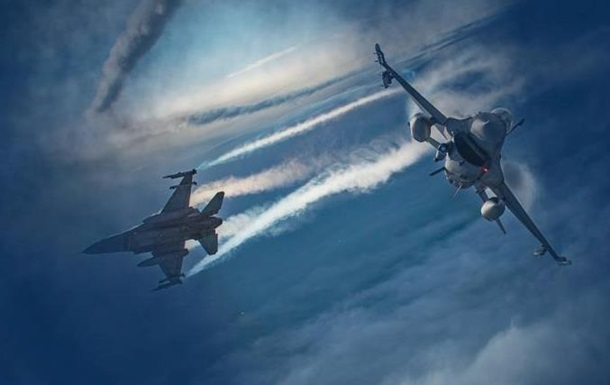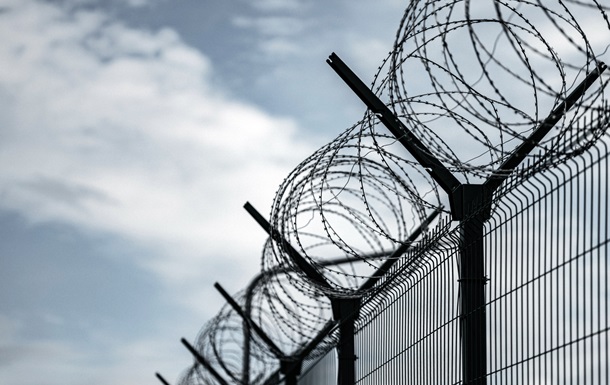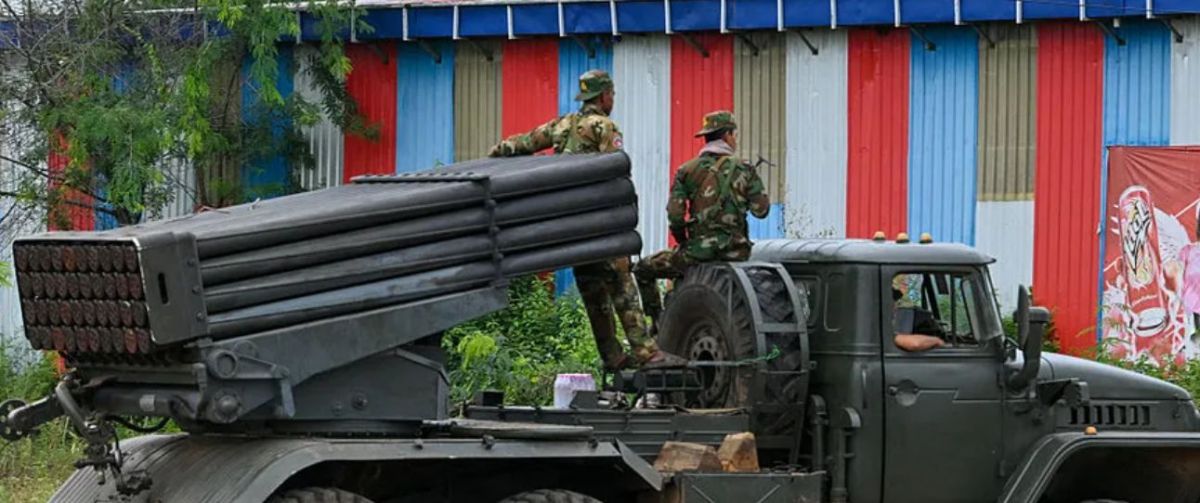Без пленки на автомобиль кузов пришлось бы часто перекрашивать и полировать. Этот процесс довольно дорогостоящий и не быстрый. А ездить на машине с мелкими повреждениями, которые со временем станут заметными, мало кому хочется. К тому же от этого зависит и износ кузова.
Кроме защиты от царапин и сколов, пленка создает надежный слой от выгорания лакокрасочного покрытия, а также препятствует негативному воздействию насекомых и птиц в летнее время года.
Виды пленок и их применение
В основном применяются прозрачные пленки, поэтому они подходят для любого цвета автомобиля.
Пленки могут быть двух видов — из винила и из полиуретана.
Виниловая пленка имеет толщину 100-200 мкм. Она достаточно прочная и долговечная. Срок ее эксплуатации составляет 5-7 лет.
Более прочная пленка из полиуретана. Ее толщина не превышает 200 мкм, но зато она обеспечивает защиту поверхности автомобиля в сложных условиях бездорожья. Стоимость такой пленки высокая, но она себя окупает отсутствием необходимости в покраске.
Обычно пленкой оклеивают фары, пороги и переднюю часть кузова. Эти места самые уязвимые к повреждениям, а фары должны быть всегда прозрачными.
Нанесение антигравийной пленки
Перед поклейкой антигравийной пленки, необходимо подготовить рабочие поверхности. Любая грязь и мелкие дефекты должны быть убраны, чтобы потом можно было нанести пленку без изъянов. Для этого производится мойка с применением специальных кистей. Они могут убрать грязь, остатки воска, битума и других вкраплений даже с труднодоступных мест. Затем производится легкая полировка для новых машин и восстановительная для автомобилей с пробегом.
Только после подготовительного этапа можно переходить к оклейке кузова и фар. На поверхность наносится мыльный раствор, сверху накладывается пленка и с помощью ракеля производится разглаживание мыльных и воздушных пузырьков.
Завершается процесс естественной сушкой в помещении, где контролируется температура и влажность.
Дополнительно может быть нанесена нанокерамика уже на пленку. Она обеспечивает отталкивающий эффект для грязи и воды.
Лучше всего поклейку антигравийной пленки доверить профессионалам. Они имеют большой опыт в выполнении подобных работ. К тому же пленка стоит дорого и при самостоятельном оклеивании ее можно повредить.


 4294
4294




